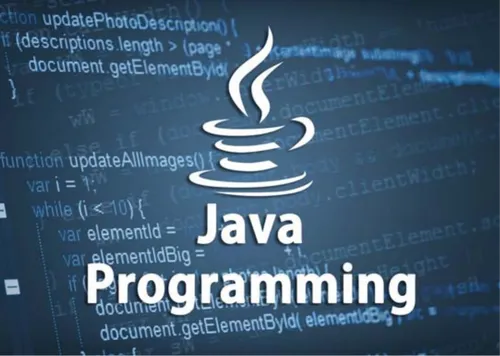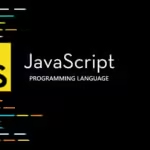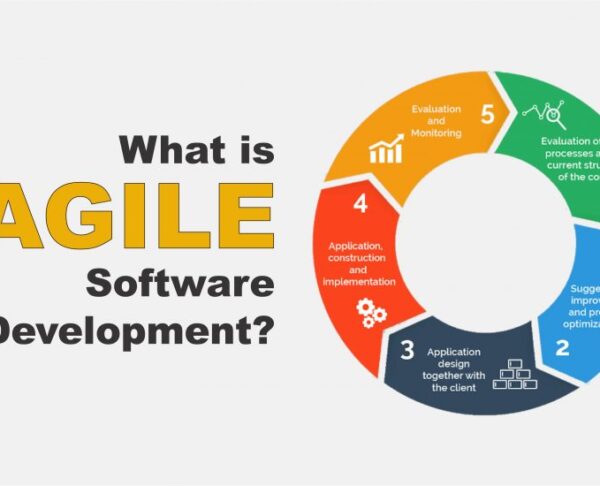
In the dynamic realm of software development, full-stack development has emerged as a comprehensive approach that empowers developers to create end-to-end solutions. At the heart of this
Title: Unleashing the Power of Full-Stack Development with Java
In the dynamic realm of software development, full-stack development has emerged as a comprehensive approach that empowers developers to create end-to-end solutions. At the heart of this approach lies Java, a versatile and robust programming language that is well-suited for building both frontend and backend components of modern web applications. Let’s delve into the world of full-stack development with Java and explore its capabilities, advantages, and best practices.
The Full-Stack Landscape
Full-stack development refers to the practice of creating both the frontend (client-side) and backend (server-side) components of a web application. This holistic approach allows developers to work on all layers of the application, from user interfaces and interactions to database management and server logic. A full-stack developer is proficient in multiple technologies and frameworks, bridging the gap between frontend and backend development seamlessly.
Java in Full-Stack Development
Java’s versatility and extensive ecosystem make it a natural fit for full-stack development. Here’s how Java shines in both frontend and backend roles:
Frontend Development with Java
- JavaFX: JavaFX is a powerful framework for building rich client applications with Java. It provides a set of APIs for creating modern user interfaces, handling events, and managing UI components.
- Vaadin: Vaadin is a Java framework for building web applications with a focus on productivity and simplicity. It allows developers to create UI components using Java code, abstracting away the complexities of frontend technologies like HTML, CSS, and JavaScript.
Backend Development with Java
- Spring Boot: Spring Boot is a popular framework for building backend services and APIs with Java. It provides features like dependency injection, MVC architecture, data access, security, and more, allowing developers to rapidly create robust backend systems.
- Java EE (Jakarta EE): Java EE, now known as Jakarta EE, is a collection of APIs and specifications for building enterprise-grade applications. It includes components for web services, persistence (JPA), messaging, and security, making it suitable for complex backend development scenarios.
Advantages of Full-Stack Development with Java
- Code Reusability: Java’s object-oriented nature promotes code reusability, allowing developers to leverage existing libraries, frameworks, and components across frontend and backend layers.
- Scalability: Java’s scalability makes it ideal for building applications that can handle growing user bases and increased workload demands.
- Community Support: Java has a vast and active community, providing access to resources, tutorials, and support forums for full-stack developers.
- Security: Java’s built-in security features, coupled with best practices like input validation and secure coding techniques, contribute to creating secure full-stack applications.
- Performance: Java’s performance optimizations, such as just-in-time (JIT) compilation and garbage collection tuning, ensure efficient execution of full-stack applications.
Best Practices for Full-Stack Development with Java
- Use Design Patterns: Apply design patterns like MVC (Model-View-Controller) or MVVM (Model-View-ViewModel) to structure your application’s architecture and separate concerns effectively.
- Modularization: Break your application into manageable modules or microservices to improve maintainability, scalability, and deployment flexibility.
- Testing: Implement comprehensive unit testing, integration testing, and end-to-end testing strategies to ensure the reliability and quality of your full-stack application.
- Continuous Integration/Continuous Deployment (CI/CD): Embrace CI/CD pipelines to automate build, test, and deployment processes, enabling faster delivery cycles and smoother updates.
- Monitoring and Performance Optimization: Monitor your application’s performance metrics, identify bottlenecks, and optimize code and infrastructure for optimal performance and user experience.
Conclusion
Full-stack development with Java offers a potent combination of versatility, scalability, security, and performance. Whether you’re building a modern web application, a RESTful API, or a microservices-based architecture, Java equips developers with the tools and frameworks needed to create robust and feature-rich solutions. By following best practices and leveraging Java’s strengths, full-stack developers can unlock the full potential of their applications and deliver exceptional user experiences.
What are your experiences with full-stack development using Java? Share your insights and tips in the comments below!




